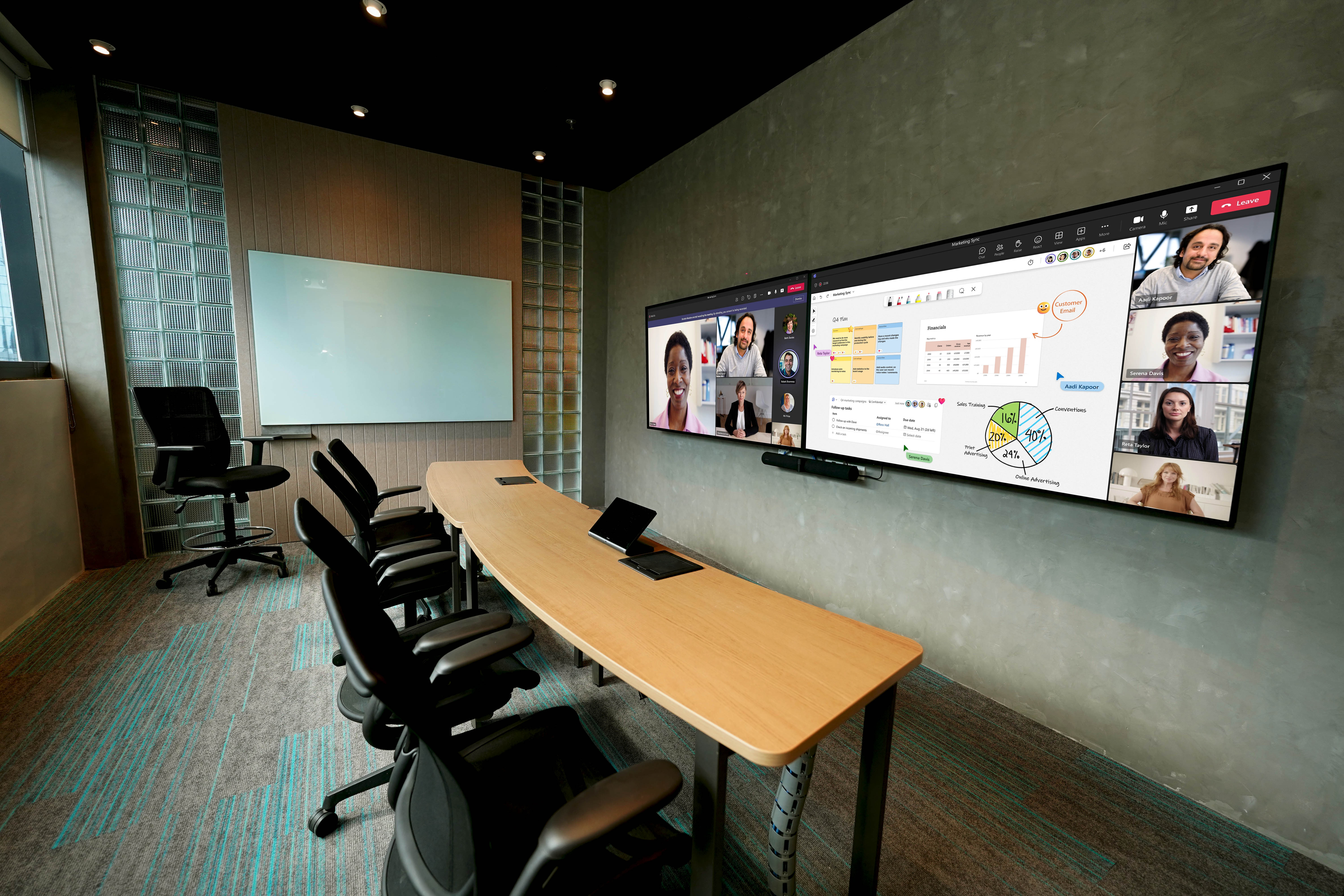What to Consider When Investing in an Audiovisual System for Small Businesses

Modern customers, partners, and employees judge a company the moment they walk into a meeting or join a video call. If the picture is fuzzy, the sound echoes, or the cables look like spaghetti, credibility drops and momentum stalls. Audiovisual systems are no longer “nice to have.” They shape first impressions, speed up collaboration, and, done right, save money over time. Let us walk you through the key points every small business should check before signing off on new AV gear, backed by real‑world examples and sources you can verify.
Clarify Your Use Cases and Spaces
Rather than with equipment, start with questions:
- What kinds of sessions dominate your calendar? Quick huddles, client demos, internal town halls, or a mix?
- Do you need AV only in the main boardroom, or do you host events in common areas or flex spaces?
- How fast is your team growing, and will you add satellite offices within two years?
Lake Flato Architects, a 120-person firm in Texas, asked similar questions when they redesigned their headquarters. They built Zoom Rooms in every meeting space, from private booths to a courtyard, so staff could sketch, annotate, and pull remote consultants into the conversation in seconds. The result: an estimated100 staff hours saved each week because no one wrestles with adapters or log‑ins anymore.
Meet with the management and brainstorm a thorough “needs and wants” list. Needs cover must‑haves such as reliable video for client presentations. Wants might be a ceiling mic array or a digital whiteboard you can phase in later. Matching each item to its business impact makes budgeting easier.
Budget for the High‑Impact Pieces First
When investing in an audiovisual system, two areas usually deliver the most noticeable improvements: picture and sound. Enhancing visual clarity and audio quality can instantly elevate the overall experience, making meetings more engaging and communication more effective, especially for small businesses looking to maximise value from every investment.
Displays
Many small firms still rely on a lamp‑based projector and pull‑down screen. It works, but the bulbs fade, rooms must be darkened, and presenters lose eye contact while pointing backward at a wall. A commercial‑grade LED display or smart TV solves those issues. Brightness handles daylight, built‑in apps run Zoom or Teams natively, and maintenance costs drop because there are no lamps or filters to replace. Industry reviews note that smart TVs under 80 inches often deliver better value than projectors in small rooms.
Cameras, Microphones, and Speakers
Laptops on a table pick up keyboard taps and half the room’s ceiling. Dedicated video bars capture faces and voices clearly, boosting engagement and cutting “Can you hear me now?” delays. Good options scale with room size:
- Jabra PanaCast 50 gives a 180‑degree panoramic view and AI‑driven audio framing for huddle to mid‑size rooms.
- Neat Bar features a minimalist design that supports dual displays and a single‑cable setup, making it suitable for multifunctional spaces such as meeting areas that also serve as client lounges.
- Logitech Rally Bar Mini brings optical zoom and beam‑forming mics into small rooms and can be paired withLogitech Sight for larger tables.

Make User Experience a Priority
An AV system only works if everyone can walk in and use it without an instruction manual.Consider your team’s tech comfort level. If staff range from digital natives to pen‑and‑paper loyalists, choose interfaces with one‑touch join and clear status lights.
Take one example, The Executive Centre, a coworking provider across Asia, fitted its huddle spaces and boardrooms with Jabra PanaCast cameras and Speak speakerphones specifically because members come from dozens of companies with different workflows. Simplicity keeps support tickets down and room utilisation high.
Plan for Integration and Support
Hardware alone is not a strategy. Partnering with DVI Solutions brings four advantages:
- Solution design that fits your room dimensions and acoustic quirks.
- Seamless integration with your existing network, calendars, and security policies.
- Training so staff feel confident on day one.
- A roadmap for future upgrades, adding more rooms or replacing a display five years out, should be painless, not a rip‑and‑replace.
DVI Solutions also offers a maintenance package that covers firmware updates and remote monitoring, catching problems before a critical failure. That level of support protects the investment and keeps downtime off the schedule.
Think Ahead, but Don’t Overbuy
Small businesses thrive by doing more with less. You do not need cinema‑grade LED walls to look professional. Focus on gear that solves present pain points and can grow later:
- Displays with multiple HDMI and USB‑C ports ensure flexibility.
- Video bars that run on open platforms (Microsoft Teams Rooms or Zoom) can switch platforms with a software change, not a hardware swap.
Every meeting that starts on time and every pitch delivered without technical hiccups reinforces your brand. Up‑to‑date audiovisual tools help small businesses look larger, move faster, and collaborate better. Think through your use cases, prioritise display quality and audio clarity, choose solutions your team will use, and lean on a partner like DVI Solutions for design and life‑cycle support.
Ready to modernise your meeting spaces? Consult with DVI Solutions to map an AV system that fits your goals, budget, and growth plans.
.png)
Why Modern Offices Need Athena Analytics for Smarter Space Utilisation

How to Choose the Best AV Systems for Corporate Meetings
.png)
